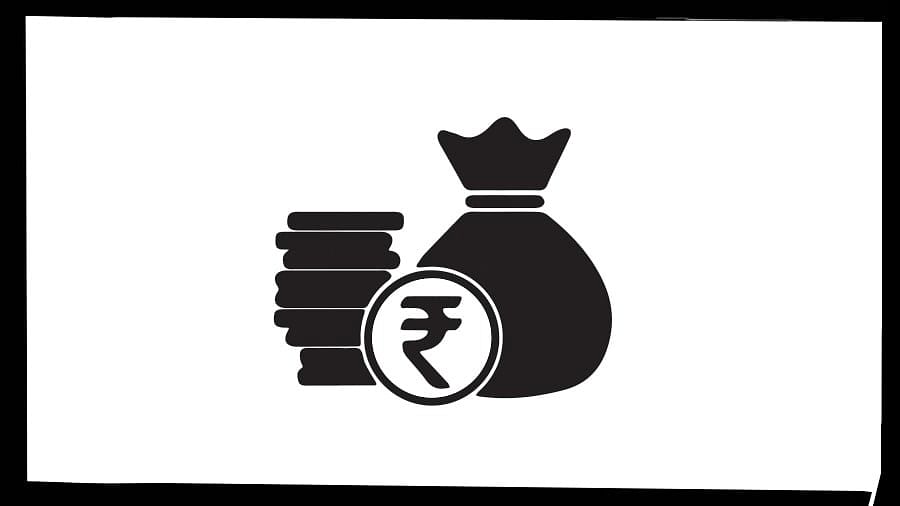
To realise the dream of a poverty-free India, the Union government launched the Mission Antyodaya Survey (MAS) across all the village panchayats in the country in 2018. The primary objective of the MAS is to monitor progress in the development process and identify gaps in basic needs at the local level.
This annual survey helps assess the various development gaps at the village panchayat (VP) level by collecting data regarding the 29 subjects assigned to panchayats by the Constitution. Based on the inputs generated by the scientific MAS 2020, there are 76 VPs in Karnataka who are the most deprived and vulnerable, with a score value of less than 21 out of 100. These VPs, spread across various districts of the state, are deprived in terms of infrastructure, access to basic amenities, and overall socio-economic and human development, including gender development.
According to the 2001 Human Development Index (HDI), Karnataka had a higher level of human development (0.650) compared to the all-India average of 0.621. Internationally, Karnataka is ranked 120, while India is at 127.
The HDI 2001 equates the “attainment of human development in Karnataka as more or less on par with that of Egypt and considerably above the level of Pakistan, Nepal, Bhutan, and Bangladesh.” Karnataka improved from 0.541 in 1991 to 0.650 in 2001, a 20% increase. In 2019, Karnataka’s HDI index rose to 0.682.
Karnataka is considered one of India’s most progressive states, achieving significant growth in agriculture, industry, information technology, and other sectors. Karnataka is considered one of the best performers in terms of HDI. Karnataka has prepared an HDI index of its own and is the second state in the country to publish a state-wise Human Development Report called the Karnataka Human Development Report (KHDR) in 1999.
The second KHDR was published in 2005, and Karnataka ranked seventh in the country. KHDR also made district-wise HDI rankings. Districts including Bangalore Urban, Dakshina Kannada, Udupi, Kodagu, and Shivamogga have topped the HDI index since 1999.
On the other hand, districts such as Ballari, Bidar, Kalaburagi, Koppal, Raichur, and Yadgir (all six now under the Kalyana-Karnataka region) are lagging behind. As per HDI 2022, Bengaluru and Dakshina Kannada are front-runners, while Kalaburagi, Yadgir, and Raichur are falling behind.
Despite Karnataka’s forefront position in innovation, information technology exports, and economic growth—contributing 8.8% to the country’s GDP and accounting for over 40% of the IT exports—the state faces stark regional imbalances.
Development is concentrated in southern Karnataka, while northern Karnataka suffers from multidimensional poverty. The poor performance of 76 VPs is disappointing given Karnataka’s proactive policy formulation and implementation aimed at improving human development and ensuring social justice.
Despite having a vast legacy in decentralisation and planning, the abysmal performance of these VPs is shocking. Despite this, Karnataka’s overall performance has been relatively good since 2018, securing average scores above the national average in three consecutive years.
Karnataka even has the credentials of being among the states that have specifically designed schemes and programmes for poverty alleviation and addressing regional imbalances. For instance, in the year 2000, the government of Karnataka formed a high-powered committee under the chairmanship of Professor D M Nanjundappa to examine the regional imbalances.
The Nanjundappa Committee gathered empirical data and found 59 backward taluks in north Karnataka against 55 backward ones in south Karnataka. After that, separate development boards and special status for the Hyderabad-Karnataka region under Article 371-J of the Indian Constitution were brought in, but deprivation is still largely concentrated in districts of north Karnataka.
Much before the Nanjundappa Committee, in 1984, Hemalata Rao also widely discussed the regional imbalances in Karnataka in her study titled Regional Disparities and Development in India. However, both Nanjundappa and Rao took block/taluks as base units to identify and study underdevelopment in north and south Karnataka.
Even the HDI constructed by the Karnataka State Human Development Report only did taluk-level assessments, and hence all these couldn’t unearth the level of underdevelopment at the grassroots level. Here comes the significance of the Gram Panchayat Human Development Report (GPHDI), prepared by Abdul Nazir Sab State Institute of Rural Development and Panchayat Raj, Mysuru.
The GPHDI, released in 2015, is the first ever report compiled at the grassroots level in the country and was conducted in all the VPs across the districts in Karnataka. It showed that 90% of GPs in Yadgir, Bagalkot, Bidar, Gadag, Kalaburagi, Raichur, and Vijayapura (Bijapur) fared much below the state average of 0.4392.
The MAS since 2017–18 has been playing an even more catalytic role in identifying underdevelopment in 2,68,214 village panchayats across India, and 5,958 VPs in Karnataka have also been regularly covered under this survey. The MAS takes the village as the basic unit and hence was able to identify the most deprived VPs in Karnataka.
The 5th SFC and the forthcoming SFCs and High-Powered Committees, as well as various development boards constituted in Karnataka to address its regional imbalance, should make use of the findings in the 2015 GPHI Index and MAS reports, which only reveal the ground realities as the basic unit of analysis is the village.
In this context, the 5th SFC in Karnataka should introduce economic packages to the most deprived VPs distributed across south and north Karnataka. Addressing this deprivation will also provide a strategy for the localisation of Sustainable Development Goals (SDGs) in Karnataka.
When we construct the SDGs in the local context of Karnataka by addressing the underlying causes of deprivation, a larger number of relevant SDGs will also be achieved. Since what is proposed is a special grant, it should be tied to project-specific objectives that are not only locally specific but also address the relevant SDGs.
(The writer is former professor, Ramakrishna Hegde Chair on
Decentralisation and Development, ISEC, Bengaluru)